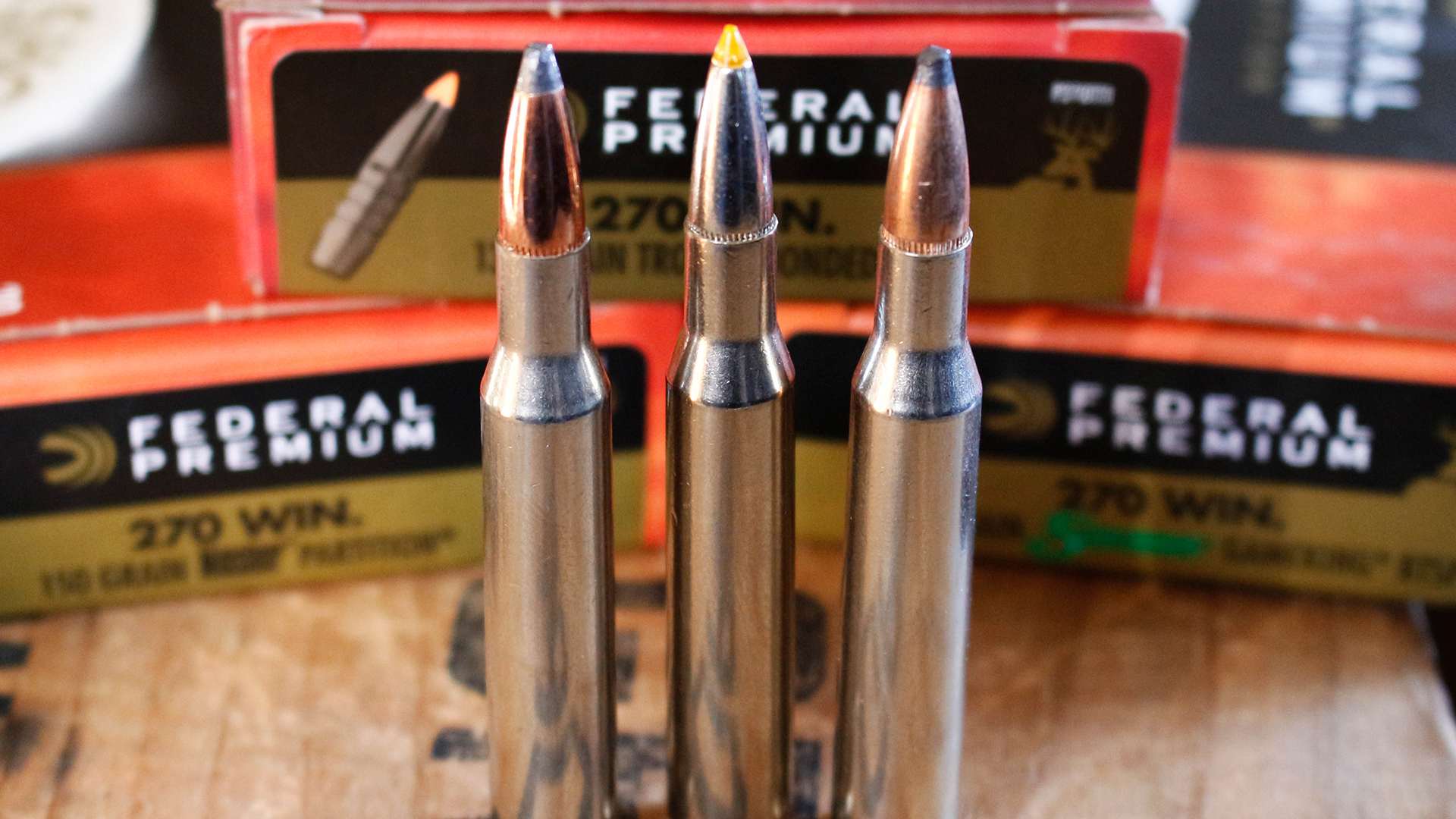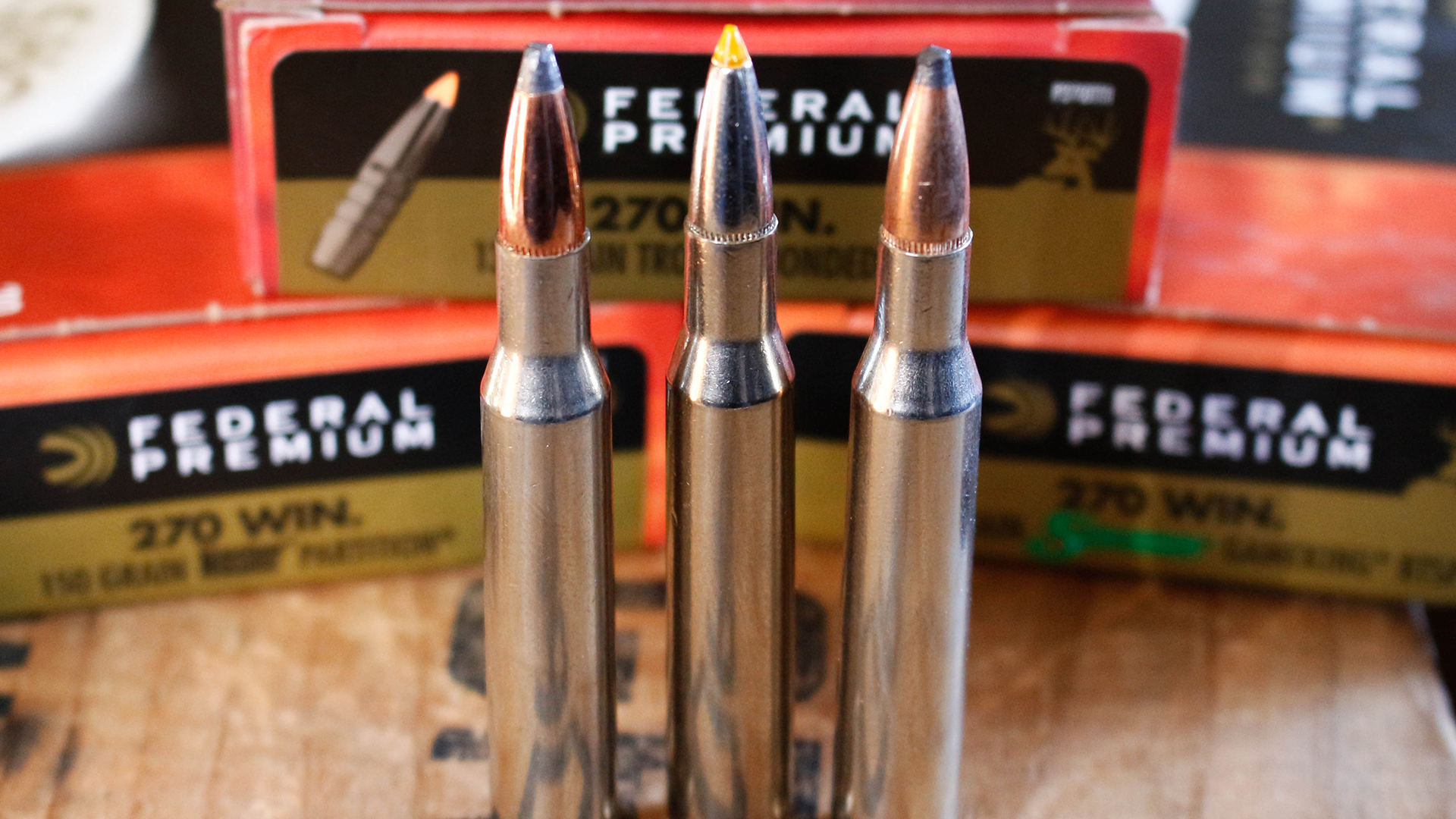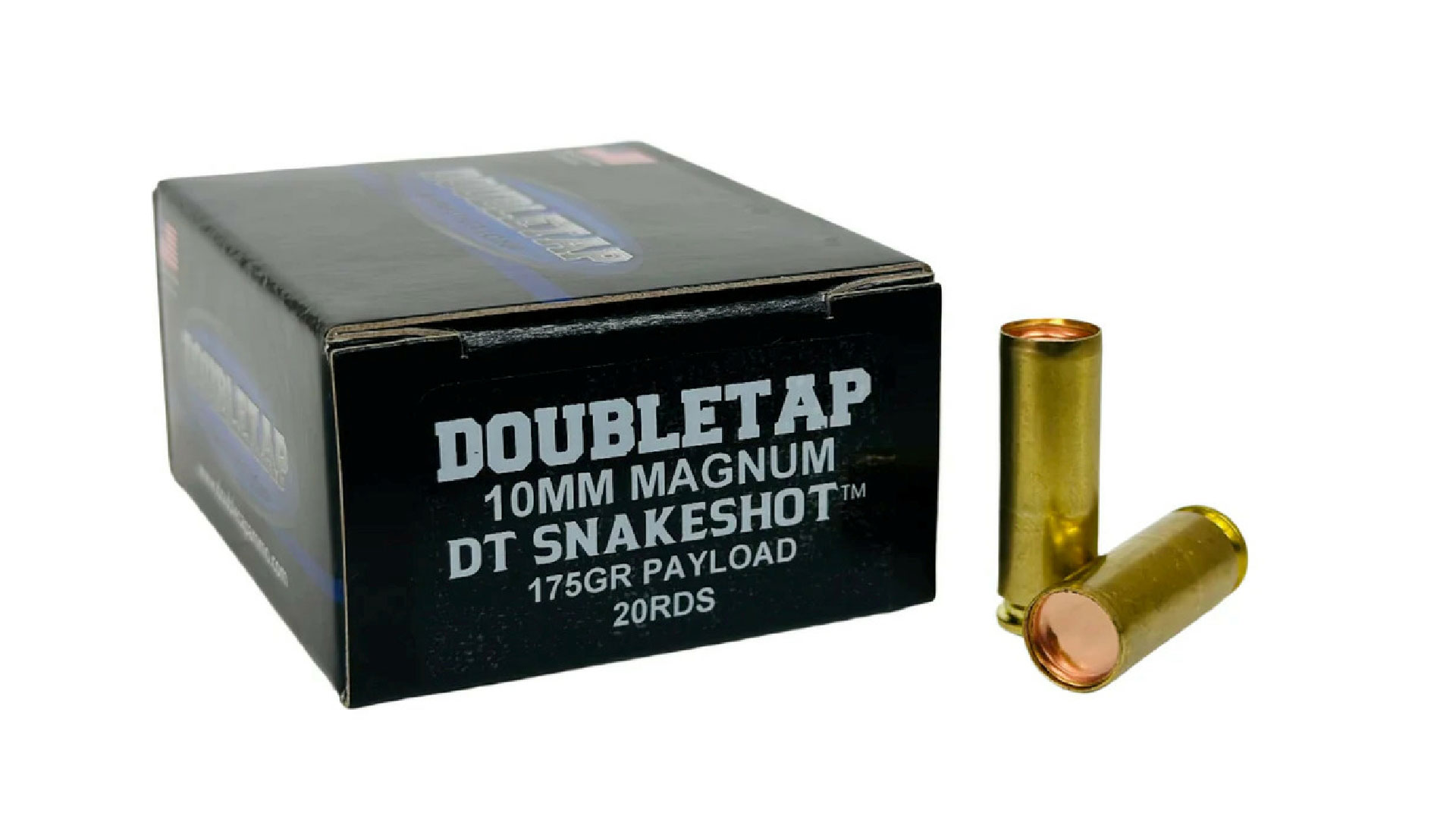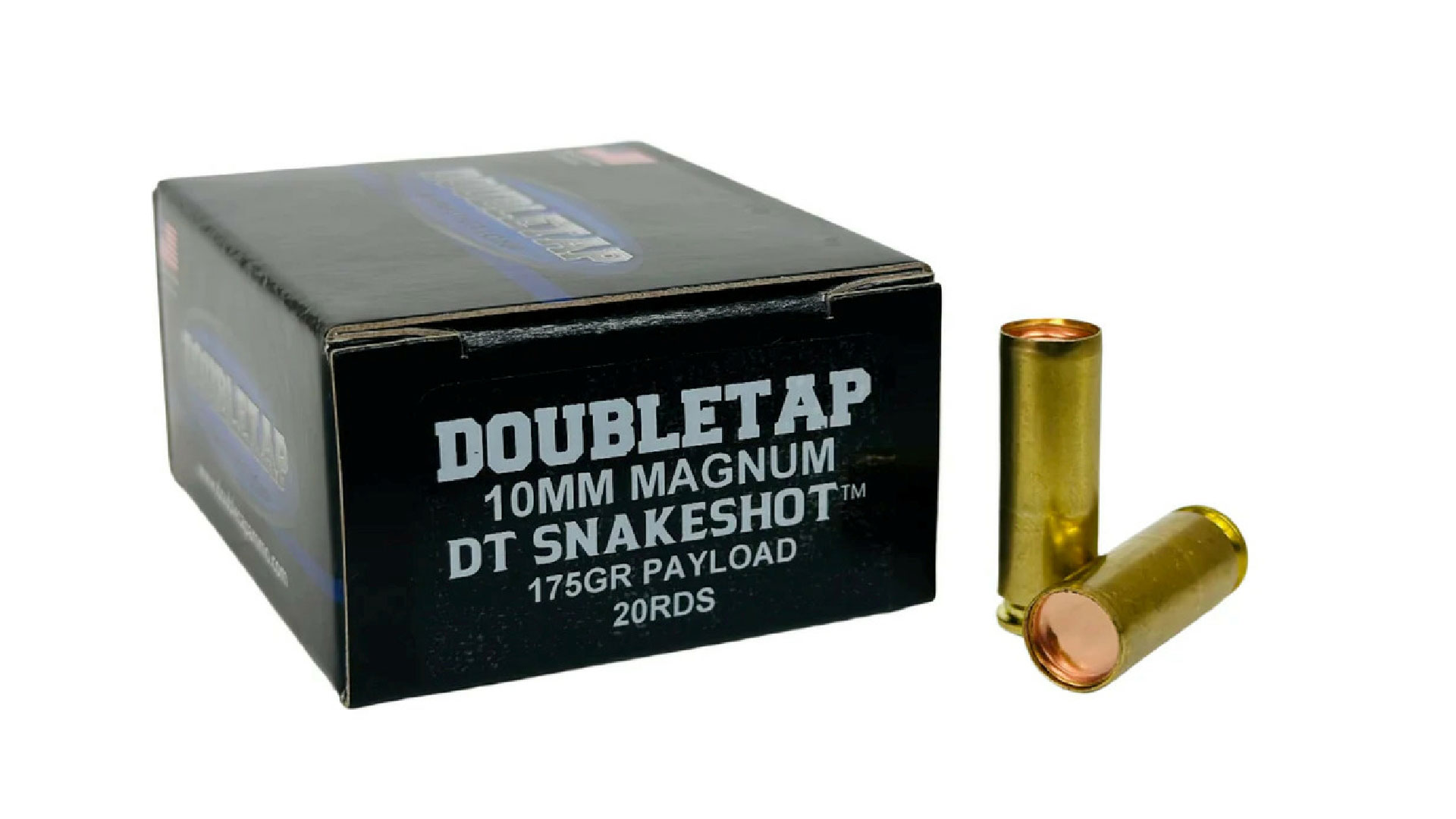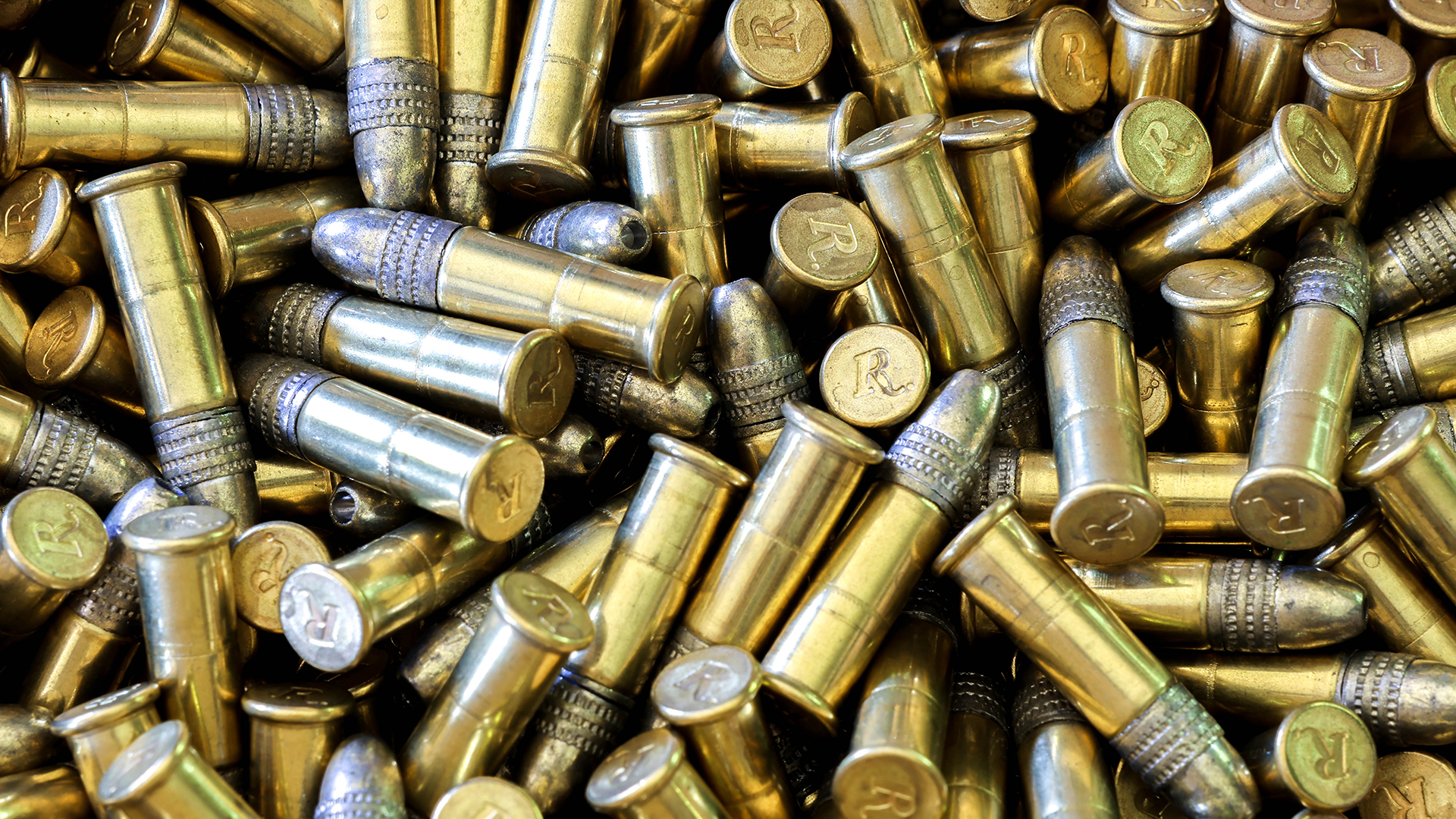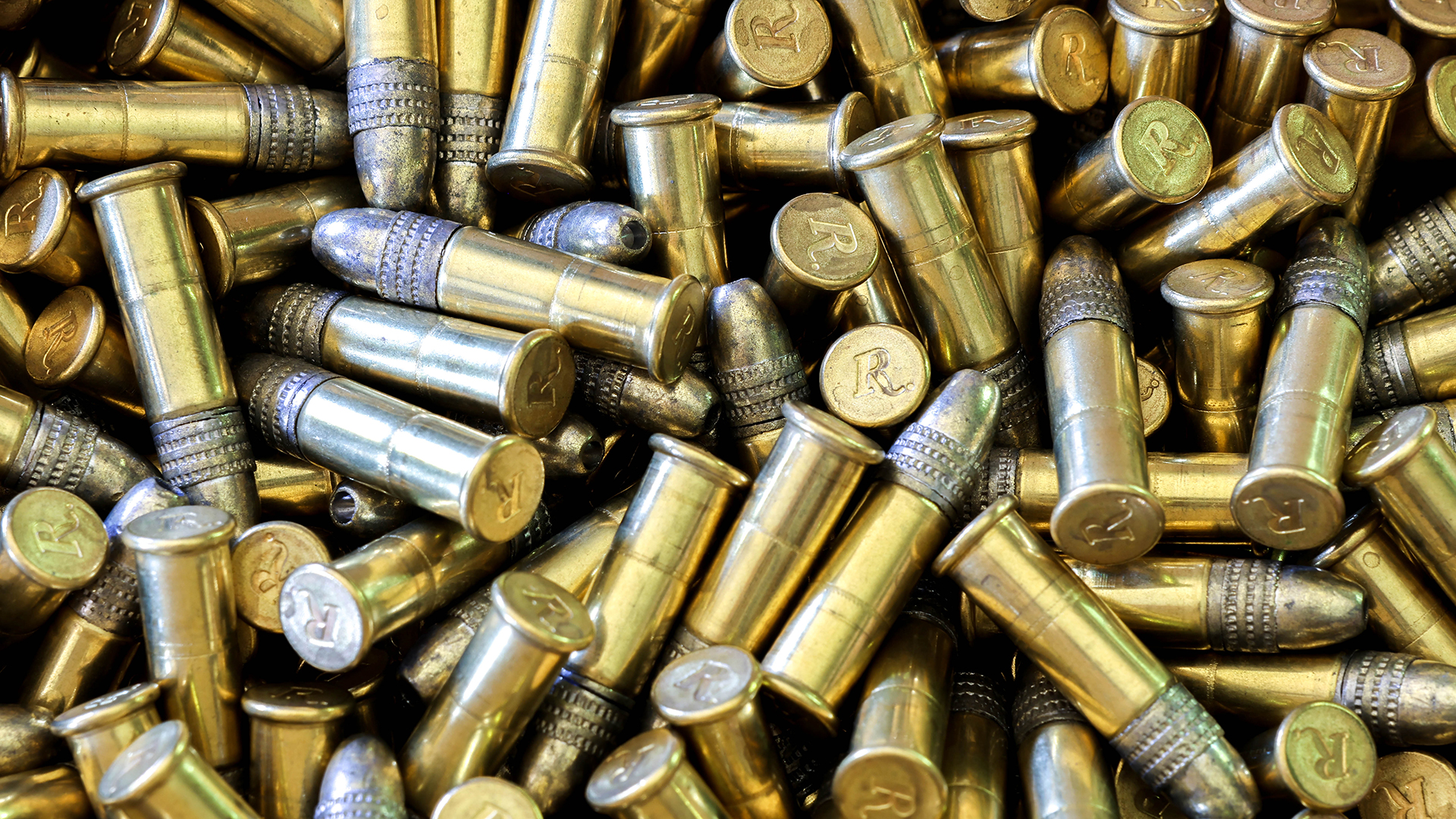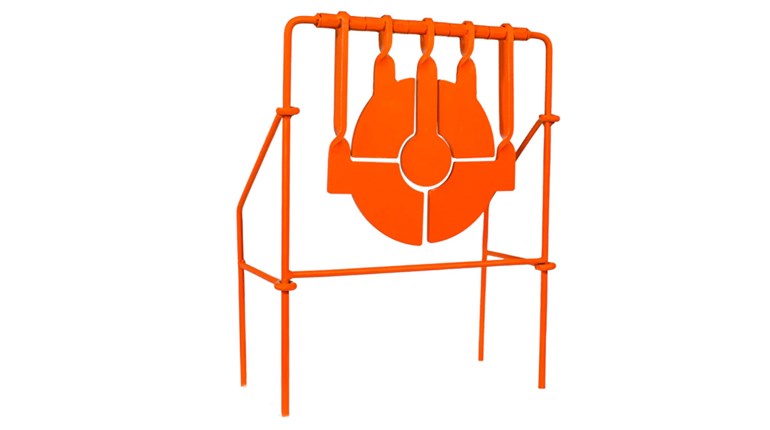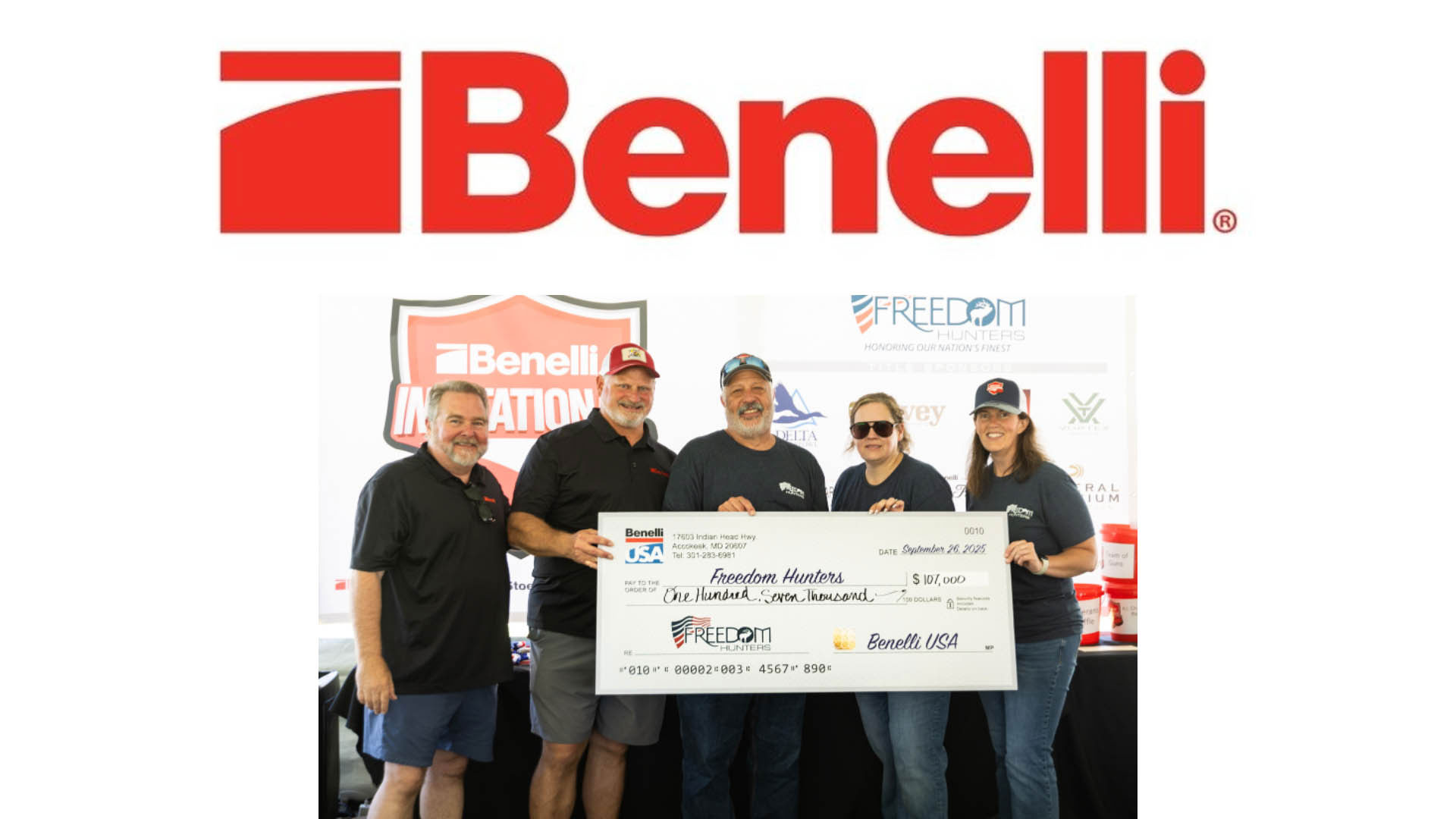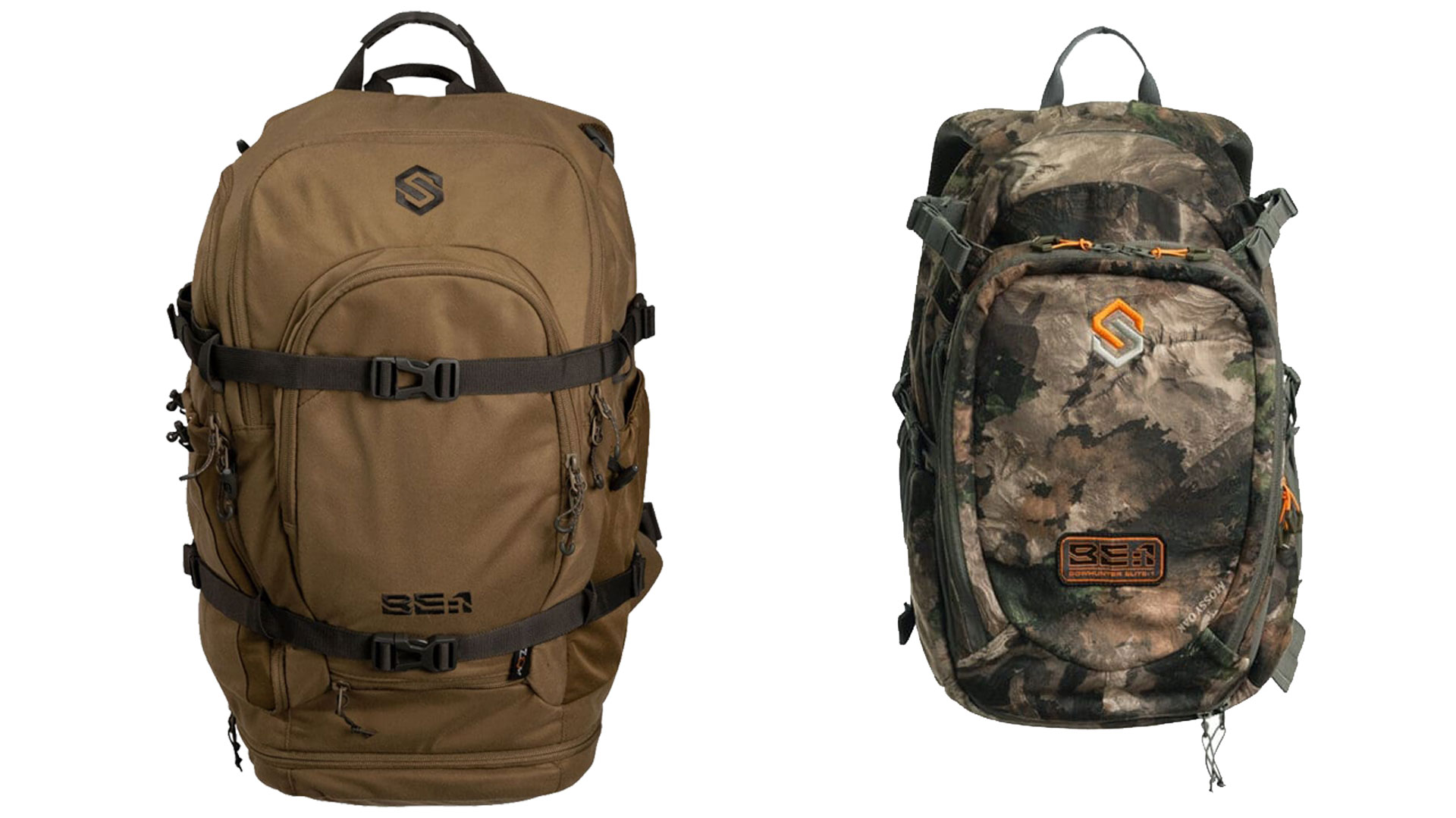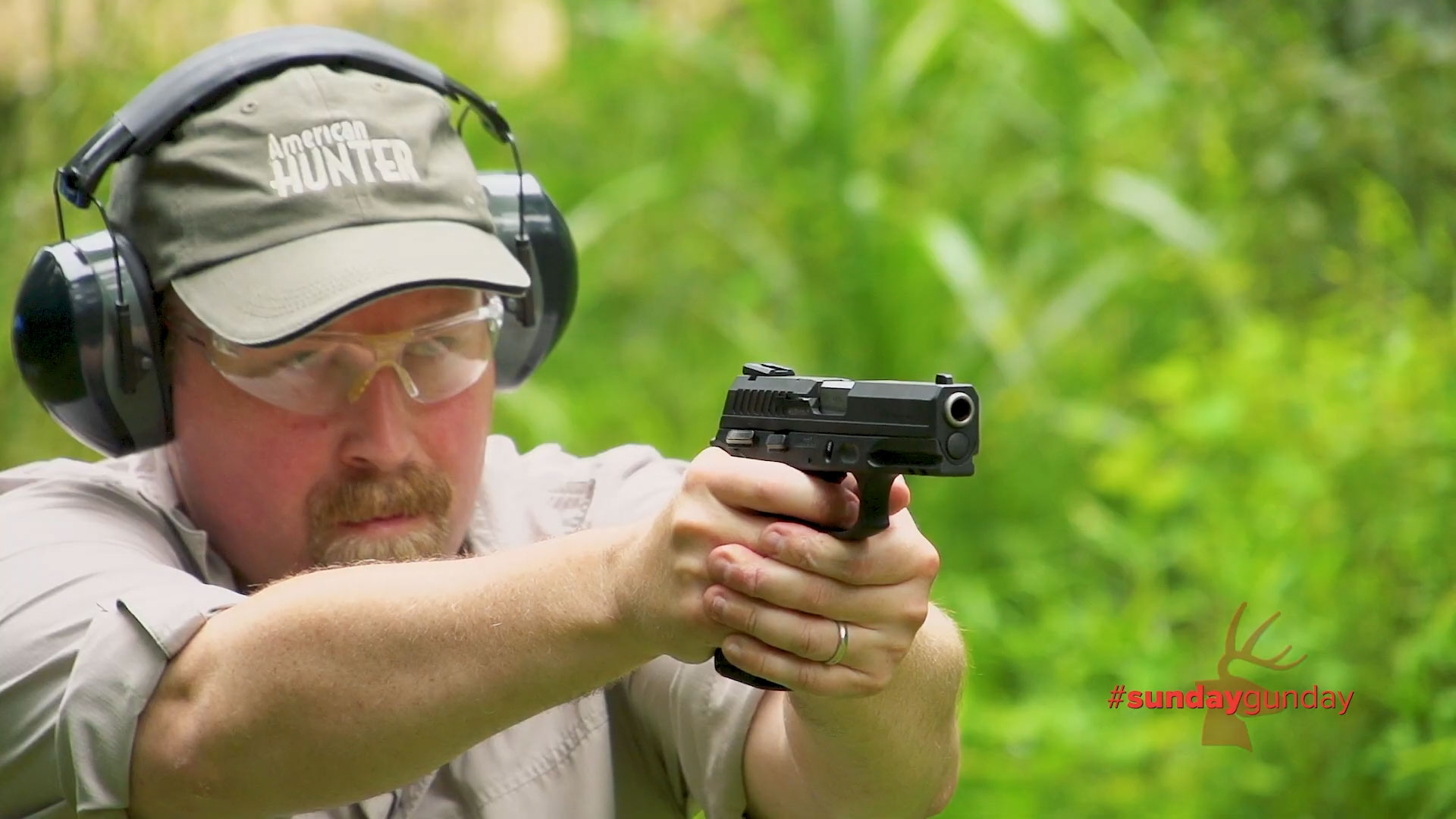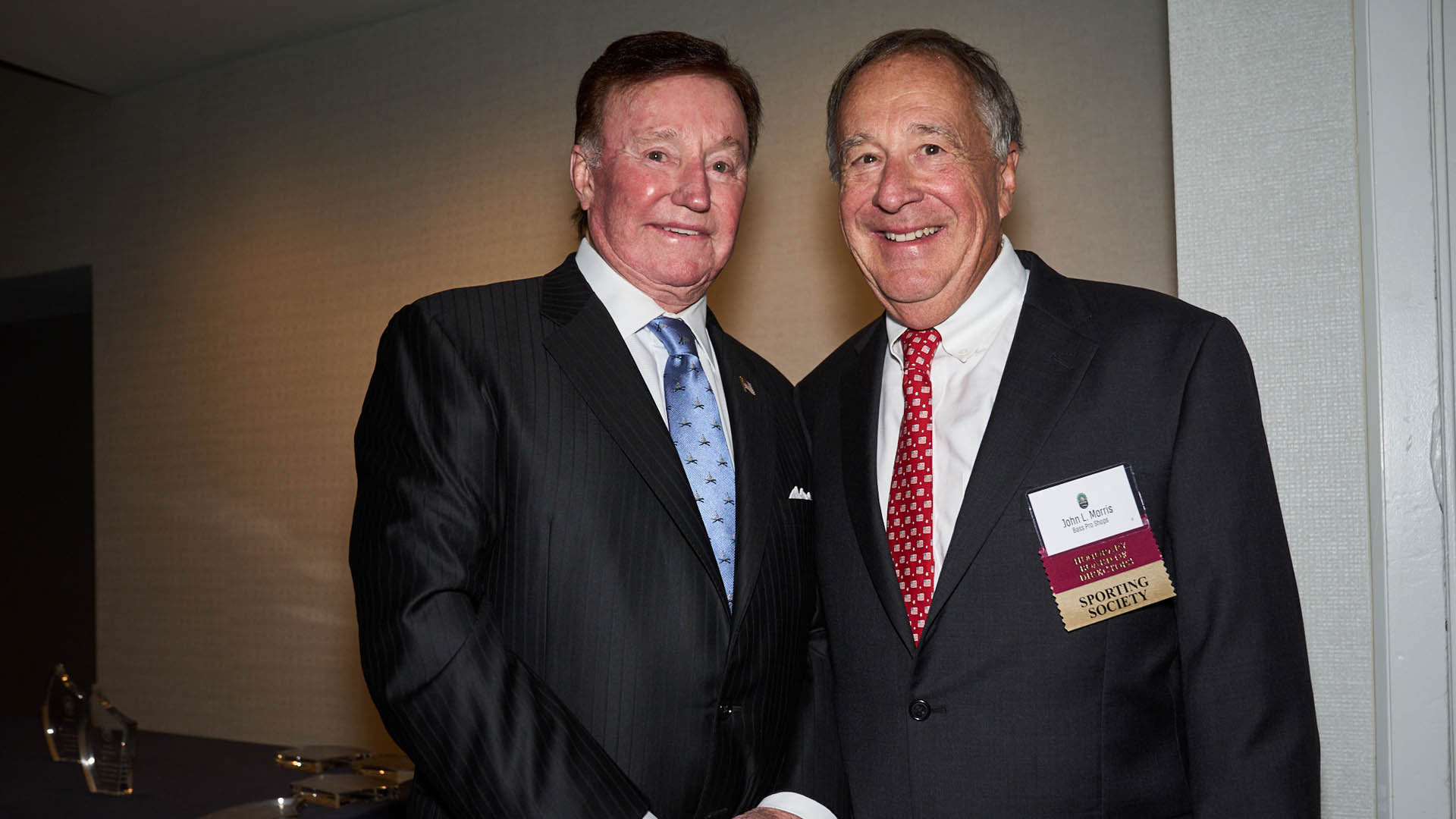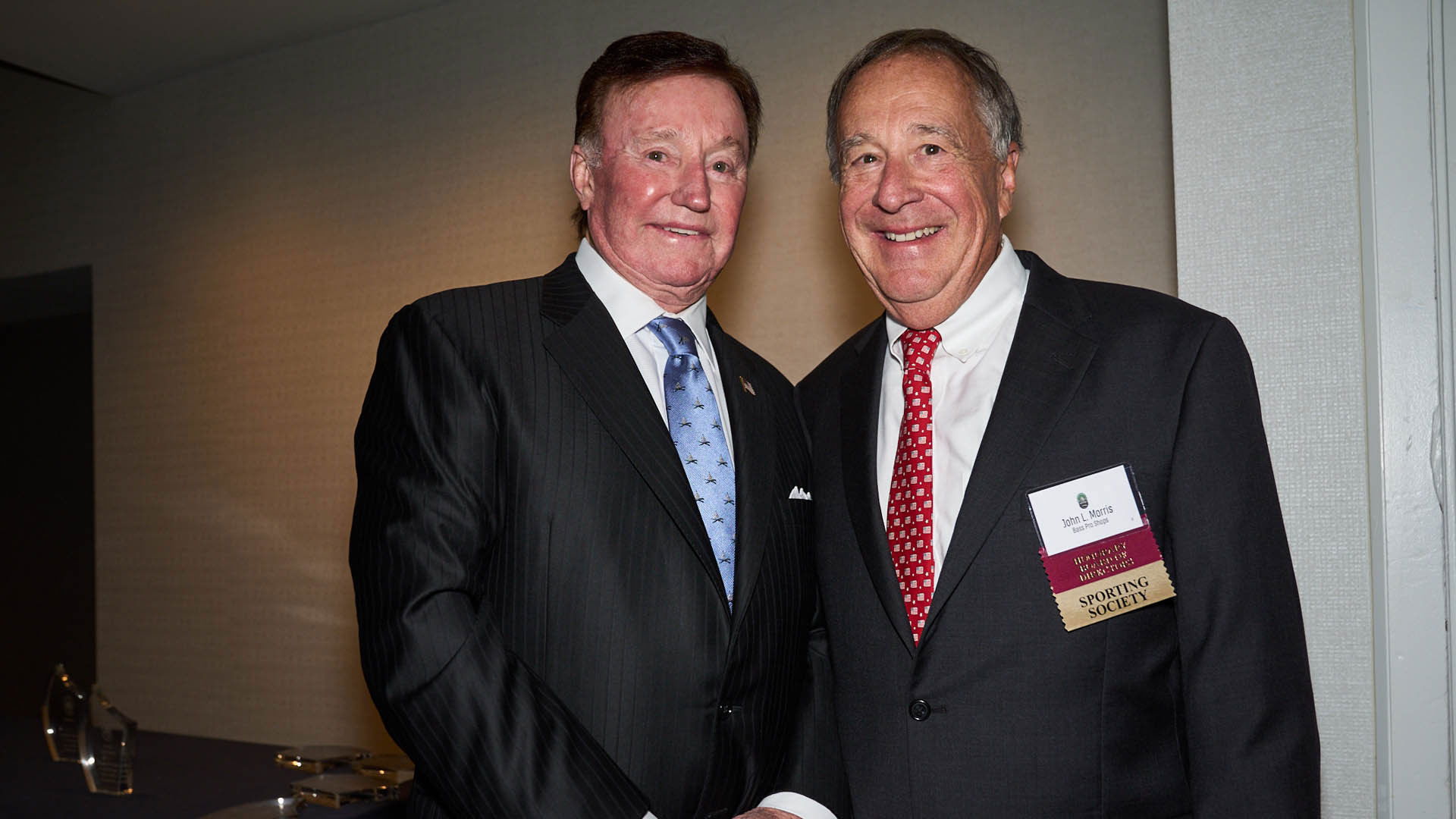
April showers bring May flowers, but May brings perfect conditions for dog training. Whether your pup is 6 months or 6 years old, spring is the time to train because it’s not too hot, cold, wet or dry across most of the country. Pup can smell well, and you both remain cool and energetic. With bird and waterfowl seasons still four months away, there’s no pressure to rush things. You have plenty of time to correct mistakes and fine tune performance.
Before diving in, make sure you have the right gear. This can be as simple as a lead, check cord, and bumper or two. Add time and patience, and you can help pup learn most anything. But additional tools make it easier. Steve Snell has trained dozens of dogs, but as owner of the online retailer Gun Dog Supply he has the added advantage of seeing and testing virtually any and every new training aid that hits the market. He gave me plenty of recommendations.
Collar: Your pup has probably been wearing a collar since the day you got him, but it might not be the best type for effective training or field work. Mature dogs should have a 1-inch-wide collar. It can be leather, woven nylon or any of the new durable, flexible plastics that don’t absorb water, oils or odors.
Snell explains that a collar with a center ring, if not adjusted too tight, flexes enough at the center-ring joint to allow a dog snagged on a branch or fence wire to wriggle out. It could be a lifesaver if your dog roams widely in potentially dangerous country. Center-ring collars also have a second D-ring for attaching a lead, check cord, etc.
A d-end collar has the metal D-shaped attachment ring at the very end before the buckle. It’s supposed to be the strongest design because Dog pulls against two layers of the strap once the collar is in place.
The standard collar, designed to function much like your pants belt, has a D-ring behind the buckle where the keeper loop holds the tag end of the collar. It is simple to use and usually more than strong enough for well-behaved dogs that aren’t pulling and tugging vigorously against a leash or tie-out stake.
Wonder Lead, EZ Lead or Piggin’ String: This is a short, extremely stiff rope leash that loops around Dog’s neck. It has an adjustable stopper that allows you to set it for an inch or two of loose fit. As long as Dog isn’t pulling against the leash, the loop stays open. If he pulls or gets out of line, the noose tightens to make him uncomfortable. Dog learns fairly quickly that if he pays attention to Boss and doesn’t plow ahead on his own, he’s more comfortable. Control becomes progressively easier without many, if any, verbal reminders. Later you can transition to an e-collar where vibration or light stimulation mimics the touch of the lead at a much greater distance.
Leather Pinch Collar: Much like the Wonder Lead, a pinch collar tightens and loosens as Dog pulls. Blunt studs projecting from the inside of the collar add additional pinch. It’s more effective than the old “choke chain” for teaching heel and whoa.
Check Cord: Choose one that’s about a half-inch thick, fairly stiff so it resists tangling and anywhere from 25 to 40 feet long. This is the long arm of the law, your long-range connection to Dog. It keeps her from running off. It lets you stop her from chasing bunnies, bucks and birds. It gives you the ability to reel her in, reinforce whoa and here, etc.
Stake-out Rod: Just an 18- to 30-inch (depending on your soil type) stake you drive into the ground and tie Dog to with a short chain and swivel or O-ring. Use it to keep him in line while you set out birds, hide bumpers or just enjoy a coffee. It teaches Dog patience and self-control, and helps reinforce stay, too.
Whistle: Save your voice while reaching out and grabbing Dog’s attention. For 40 years I handled my dogs by whistling with just my lips because I figured I wouldn’t forget or lose my lips. But a whistle cranks out more volume and works whether your lips are wet, dry, chapped or partially frozen.
Train Dog to respond to the whistle by blowing it every time there is something good for her when she shows up. Whistle to call Dog to dinner, or before taking her for a walk, run or romp. Any time Dog’s return or arrival takes her to something she loves, her “recall response” is reinforced. Everyone in the family can make the exact same here call with a mechanical whistle.
Of course whistle commands will eventually include more than just here, so decide early on how many blasts and what length will represent what commands. Most trainers like a single blast to stop Dog or command sit, then one long blast or three short ones for the here command.
Whistles can be metal or plastic, large or small, loud or quiet, low or high pitched, with or without internal balls, and even “silent.” Some come with megaphone bells or funnels to enhance long-range reach. You’ll want a relatively quiet whistle if you don’t enjoy loud blasts, but you’ll need volume and reach if you anticipate handling a wide-ranging pointer. A megaphone helps direct the sound away from your ears. While e-collars can compensate for whistle reach on a wide-ranging dog, it’s still nice to be able to give old Dog an audio comeback call.
Bumpers: Retrievers, flushers, pointing breeds, even hounds can benefit from learning to retrieve. Cylindrical dummies or bumpers made of rubber or canvas are ideal for training fetch. I like a variety of types and sizes so Dog learns to handle a variety of game; mine mimic everything from quail and swans to antlers.
Starter Pistol: One of these is useful for breaking Dog to the sound of gunfire while he’s excited about running, finding birds, chasing, fetching, etc. It also teaches him to mark, i.e. look for birds and watch the fall. It’s much easier to handle and fire one of these than a long gun when throwing bumpers, launching birds, etc.
Bird Launcher: These little catapults are designed to fling a quail, pigeon or pheasant several feet into the air at the trainer’s command. They are imminently useful for teaching all breeds to whoa, hup, sit and remain steady to the flush. Launchers also minimize the chance for Dog to catch a sleepy, planted bird. Simple launchers can be activated via a pull cord, but most serious trainers use electrically controlled launchers, usually two or three.
An inexpensive option is the simple “tip-up” bird releaser. This is just a small wire cage with a handle you step on to pivot the cage off the bird huddled underneath. This leaves your hands and eyes free to control Dog.
Pigeon Hobble: Pigeons are great training birds because they are strong flyers, are easily found, can be maintained in small lofts and will “home” back after release. A hobble is a length of cord with sufficient weight attached that a pigeon cannot fly far with it. Tethered to a pigeon’s legs, it allows you to toss the bird so Dog can see it fly and get all fired up. You can then catch the tired pigeon for additional flights.

Pigeon Walk-In Trap: Instead of buying and maintaining expensive racing pigeons, you can bait a light wire pigeon walk-in trap near a farm or grain elevator and catch feral pigeons for training.
Bird Bag: When you get to the point in your training when you’re throwing pigeons or quail to startle Dog and help her resist the chase, you’ll need a convenient way to carry and release several birds during one training session. Special bird bags are designed to hold multiple birds gently while allowing you to reach through a self-closing top to grab and remove each one.
Spring training should put a spring in your step and a better dog in your kennel. After a long winter your dog could be rusty, however, so start each training session with some basics, commands she knows and can complete successfully. This helps you both build confidence and achieve success atop success with no backsliding. “Sit. Good girl. Down. Good girl. Fetch. Gooood girl. Heel.” She gets praise and rewards instead of correction. Then move forward. Veteran trainers do a few of these easy reinforcement drills before starting more in-depth training. It’s also smart to end with a few of them.
